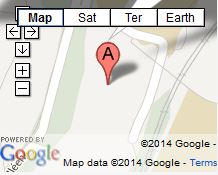The Anatomy of Absenteeism
Link to article:
Authors:
Markussen, S., K. Røed, O. Røgeberg and S. Gaure
Year:
2011
Reference:
Vol 30(2), 277-292Summary
Based on comprehensive administrative register data from Norway, we examine the de-terminants of sickness absence behavior; in terms of employee characteristics, workplace characteristics, panel doctor characteristics, and economic conditions. The analysis is based on a novel concept of a worker’s steady state sickness absence propensity, computed from a multivariate hazard rate model designed to predict the incidence and duration of sickness absence for all workers. Key conclusions are that i) most of the cross-sectional variation in absenteeism is caused by genuine employee heterogeneity; ii) the identity of a person’s panel doctor has a significant impact on absence propensity; iii) sickness absence insurance is frequently certified for reasons other than sickness; and iv) the recovery rate rises enormously just prior to the exhaustion of sickness insurance benefits.
JEL:
C14, C41, H55, I18, J22
Keywords:
Sickness absence, multivariate hazards, MMPH, NPMLE
Project:
Oppdragsgiver: Norges forskningsrådOppdragsgivers prosjektnr.:
Frisch prosjekt: 1134 - A viable welfare state
Contact:
knut.roed@frisch.uio.no
Financing:
Norwegian Research Council and partially funded by the Health Economics Research Programme at the University of Oslo - HERO
